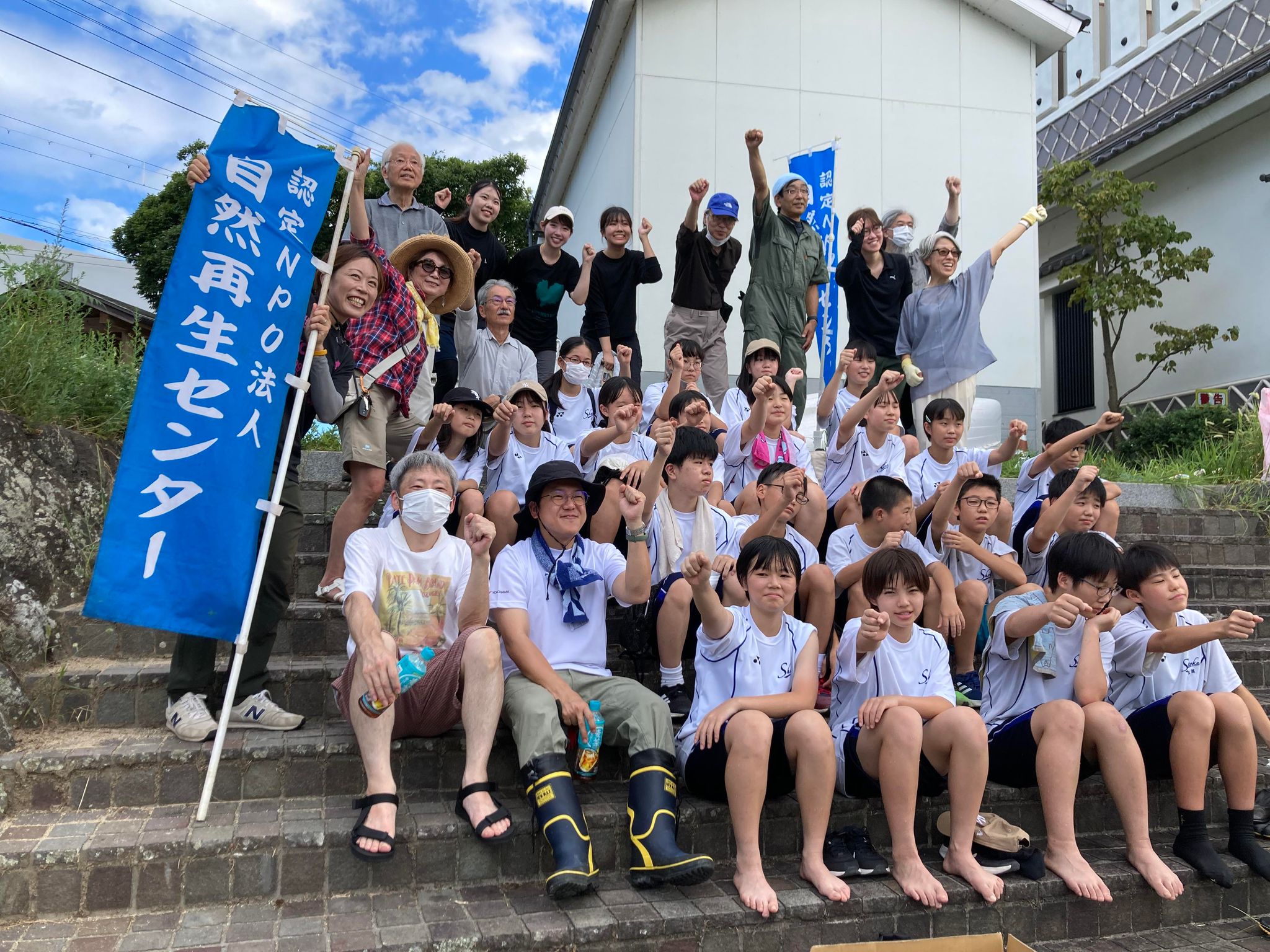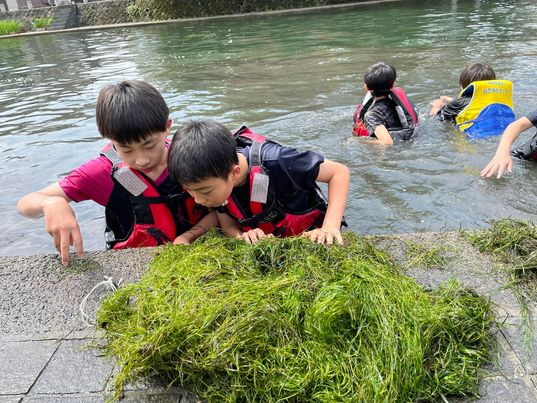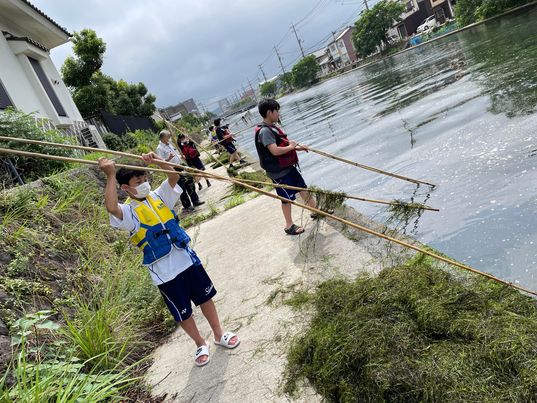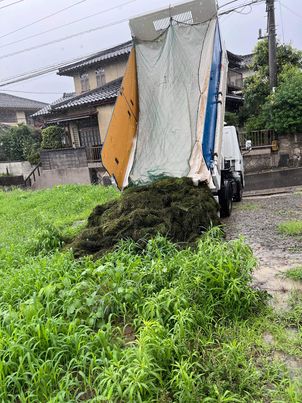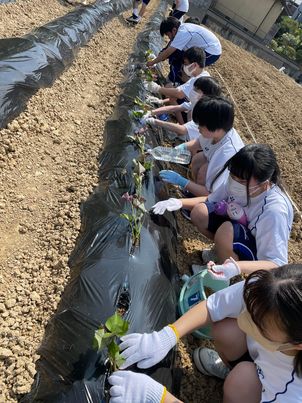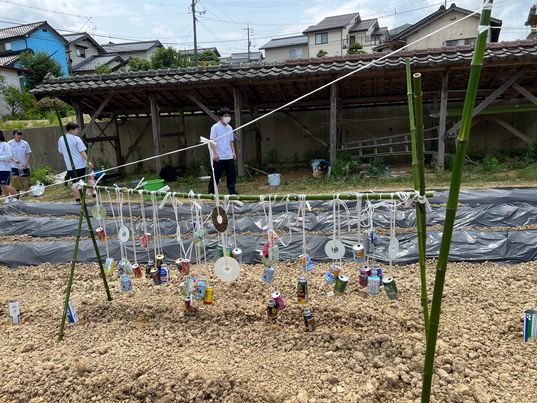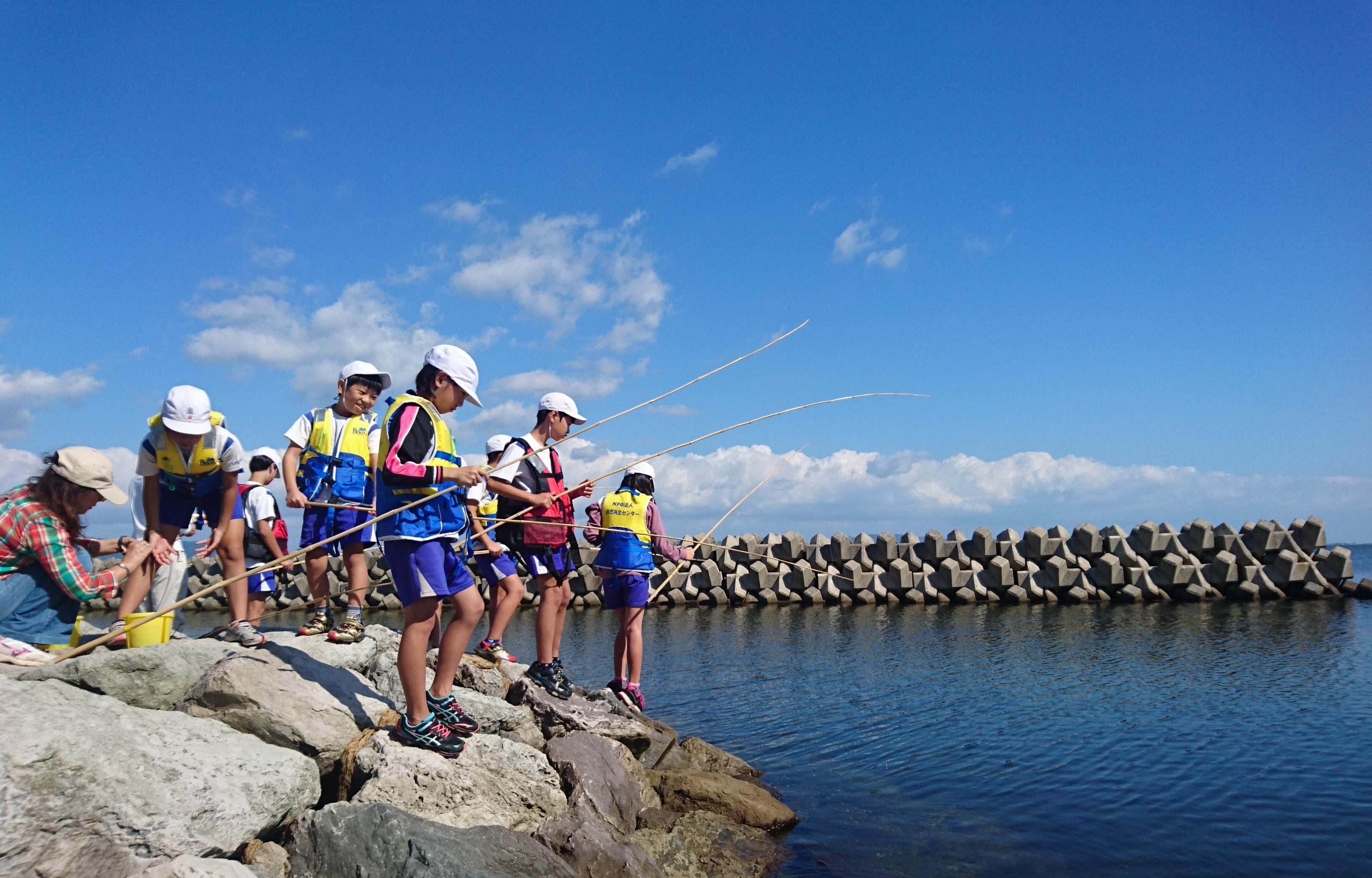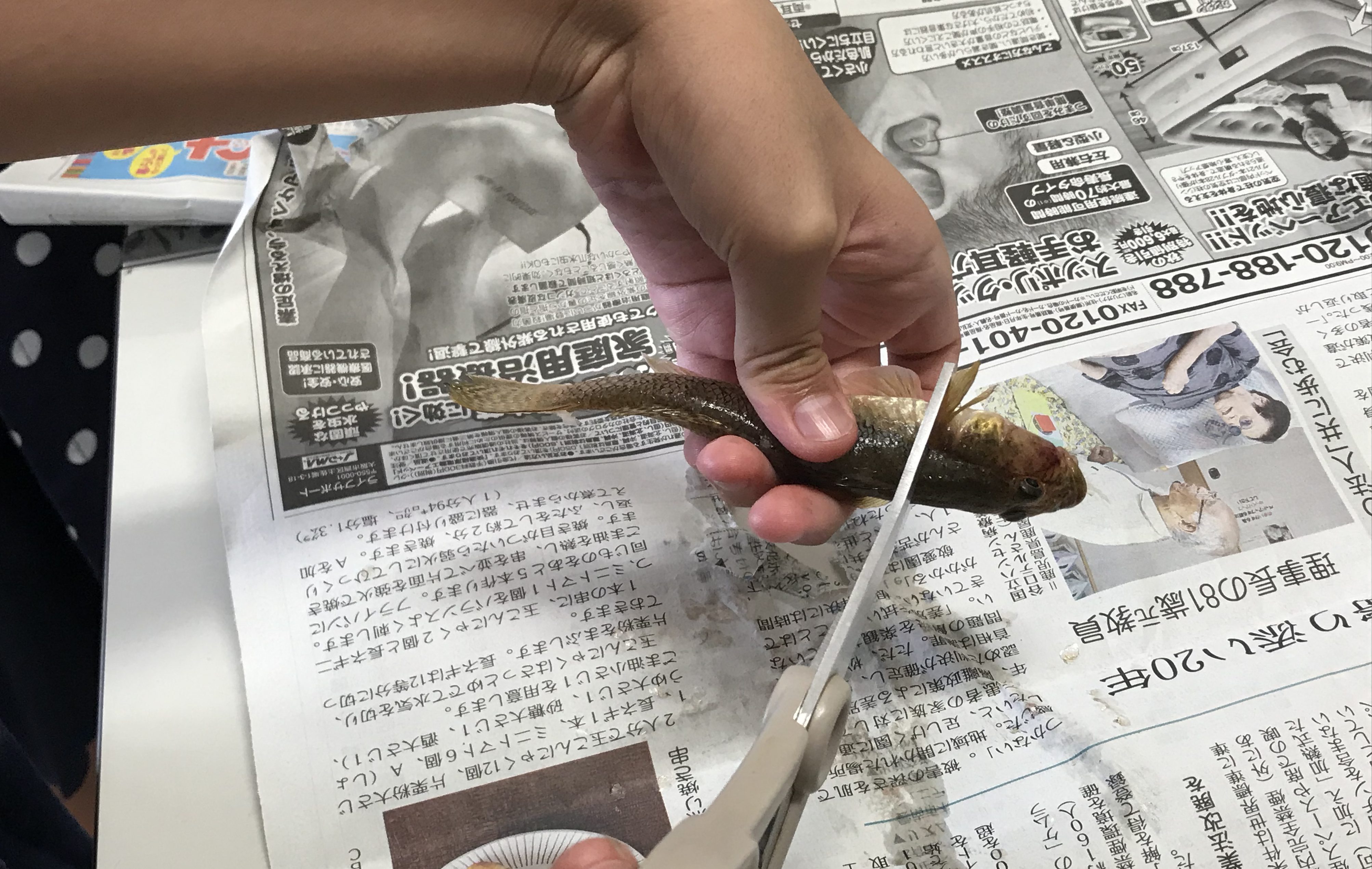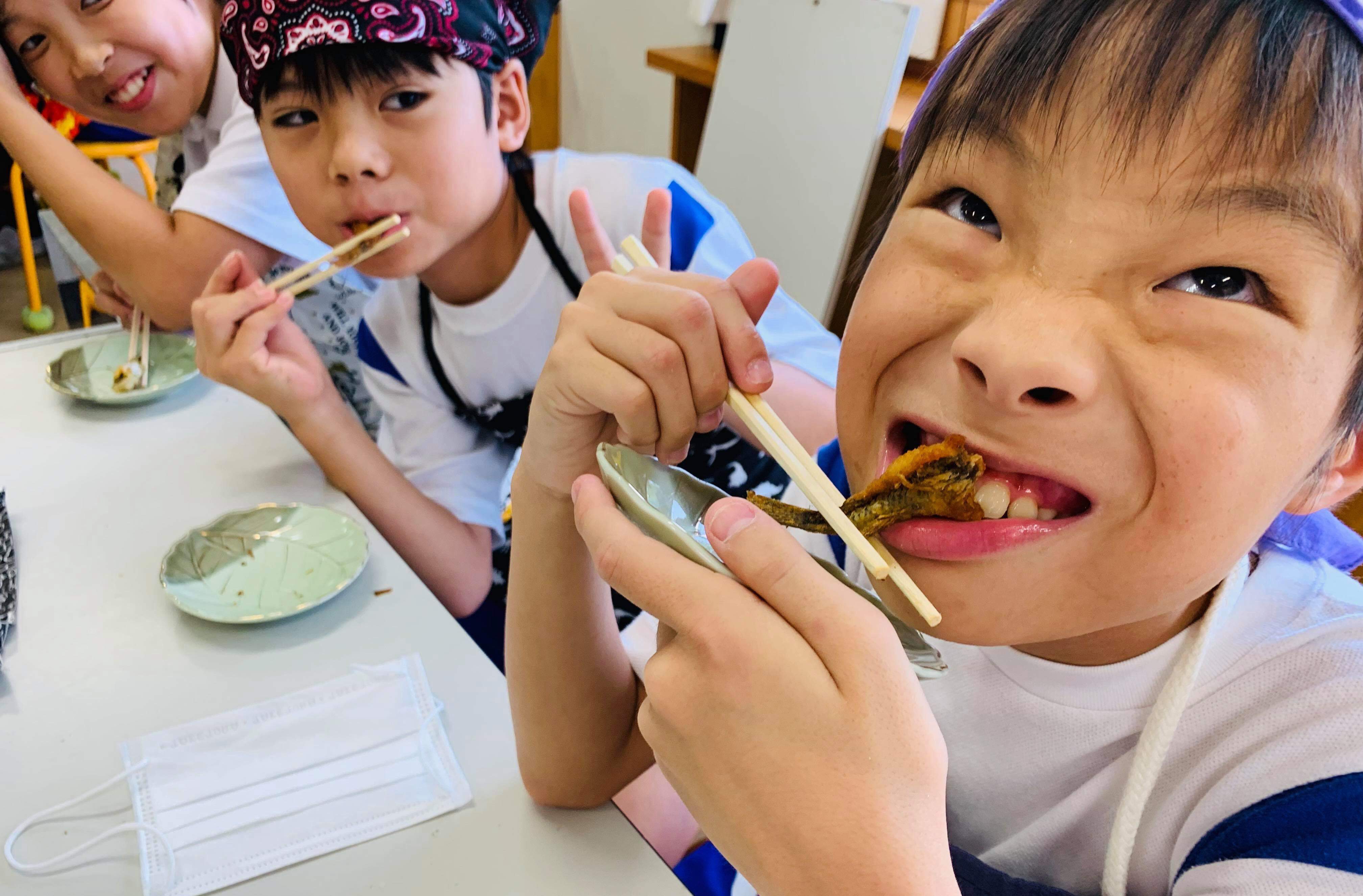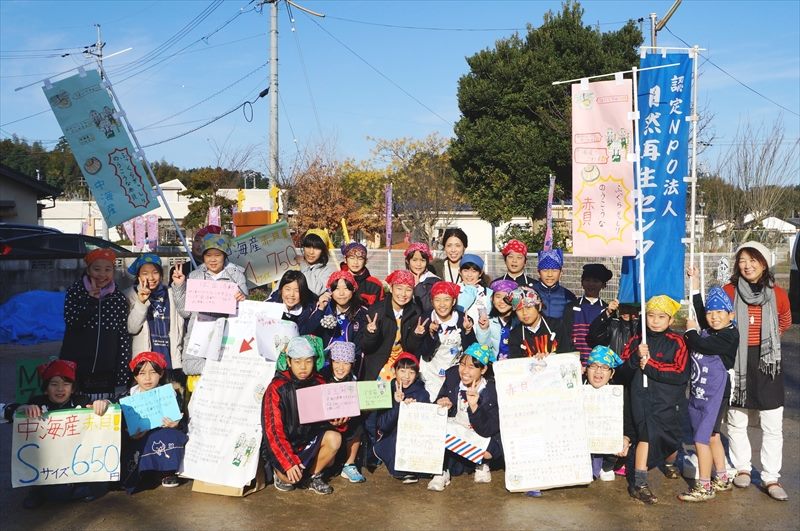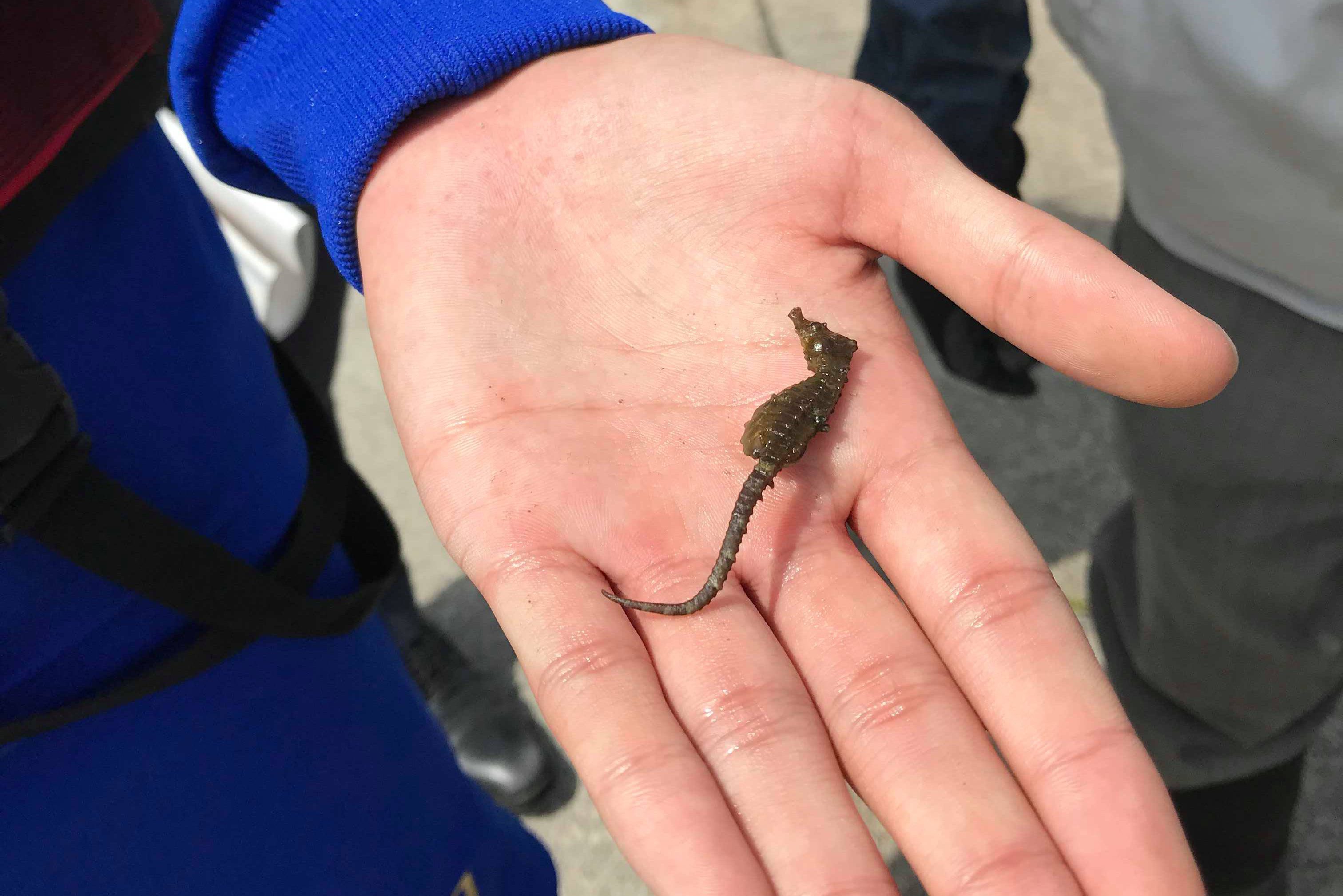次世代につなぐ環境教育
松徳学院との探究学習
中等部では宍道湖につながる天神川の水草刈りと、その川を守る地域の方々へのインタビューを行うことで、地域の水文化を理解し課題発見をします。
その水草は地元企業の協力により畑に運んでいただきます。畑に水草をまくことで土壌改善を行います。
高等部ではその畑について学び・課題解決をしながら作物を育てていきます。
オゴノリングの水草バージョンとして新たなリングをつくり、学校の中だけでは学ぶことのできない生きた体験をすることができます。
これまでの様子はなかうみちゃんブログをご覧ください!
In the middle school division, students participate in harvesting aquatic plants from the Tenjin River, which flows into Lake Shinji, and interview local residents working to protect the river. Through these activities, they gain an understanding of the region’s water culture and identify local challenges. The harvested aquatic plants are transported to fields with the help of local businesses and are spread on the soil to improve its quality. In the high school division, students continue learning about the fields and work to solve related challenges while growing crops. This initiative creates a new cycle, similar to the Ogonoring but focused on aquatic plants, offering students practical, real-world experiences beyond the classroom.
For more details about past activities, please visit the Nakaumi-chan Blog!
意東小学校での環境学習
年に6回の授業の中で中海を大好きになります。 学習を始めた頃の子ども達は、中海について無関心の様子でした。
地域の方の話を聞いて、問題に取り組む活動を知り、そして実際に中海で水や生き物に触れたことで心が変わっていきました。
昔は中海の名物だった赤貝の復活を目指す漁師さんとの交流、また、ゴズ釣りをした後、唐揚げ調理をしてすぐにいただいたり、地域の方から伝統料理を教わって他県産の赤貝と味比べをしたりします。
命をいただくという大きな循環を身をもって体験し、中海で育った美味しさを体感した子ども達は、最後の授業「赤貝販売」にて、誇りと自信を持った姿で中海産赤貝の良さや中海について伝えながら販売しました。地域のニュースとして毎年NHKの取材があります。
Through six classes each year, children come to love Nakaumi. At the start of the program, many children showed little interest in Nakaumi. However, as they listened to stories from local residents, learned about initiatives addressing local challenges, and experienced hands-on activities like touching the water and wildlife of Nakaumi, their attitudes began to change. They interacted with fishermen working to restore the once-famous ark shell (Sarbogai), which was a specialty of Nakaumi, and participated in activities such as fishing for gobies (Gozu), immediately preparing and enjoying them as fried snacks, and learning traditional recipes from local residents. They also compared the flavors of locally sourced and out-of-prefecture ark shells. By experiencing the cycle of life firsthand and tasting the delicious bounty grown in Nakaumi, the children gained a deep appreciation for the ecosystem. In their final class, the “Ark Shell Sales Event,” they proudly and confidently shared the benefits of Nakaumi ark shells and the story of Nakaumi while selling the shells. This program is covered annually by NHK as a regional news feature.
これまでの様子はなかうみちゃんブログをご覧ください!
八束学園での環境学習
認定NPO法人アサザ基金の飯島博さんを特別講師にお招きし、海藻の循環利用について学びました。「生きものとおはなしする方法」を教えてもらい、生きものと自然は“ありがとう”でつながっていて、同じように自然と人間も“ありがとう”でつながっています。「中海はありがとうでつながっているのか」を考えました。生きものと話してみて、自分の世界を広げたいと感じたのではないでしょうか。
We invited Hiroshi Iijima from the certified NPO Asaza Fund as a special lecturer to learn about the circular utilization of seaweed. He taught us “how to communicate with living creatures,” emphasizing that living things and nature are connected through gratitude, just as humans and nature are. Together, we reflected on whether Nakaumi is also connected through gratitude. This experience likely inspired participants to broaden their perspectives by trying to connect with living creatures.
これまでの様子はなかうみちゃんブログをご覧ください!
この事業は、下記の視点でSDGsを実践しています。


